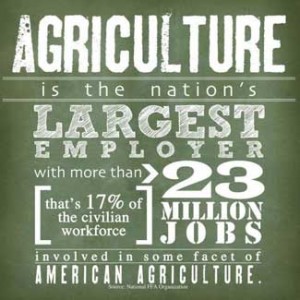http://www.sfgate.com/cgi-bin/article.cgi?f=/c/a/2012/01/26/BU011MUBO0.DTL
Stacy Finz, Chronicle Staff Writer
Thursday, January 26, 2012
A new Plant Hardiness Zone Map released by the federal government Wednesday shows that temperatures across the country are getting warmer and could affect gardens and crops.
The map is designed to help the estimated 80 million gardeners in this country, as well as farmers and horticulture businesses, identify where and when plants grow best by breaking up geographical areas into 26 zones.
It’s the first time since 1990 that the U.S. Department of Agriculture has updated the map. The new one offers an interactive format and looks at 30 years of weather patterns, showing that in some cases – Ohio, Nebraska and Texas – nearly entire states have been updated to warmer zones. Even California’s temperate climate has seen change, with a number of communities in the Bay Area also being shifted to warmer zones.
The USDA is attributing the zone modifications to better data and technology. The new map also takes into account topography – slope, elevation, prevailing winds and proximity to water – for the first time.
Not for climate change
“The map is not a good instrument for determining climate change,” said Kim Kaplan, a spokeswoman for the USDA’s Agricultural Research Service., “In some cases where areas changed zones there was less than a one-degree change in temperature.”
The new map, which allows users to find their zones by ZIP code, includes two new warmer zones – 12, for climates with average lows of 50 to 60 degrees, and 13, for 60 to 70 degrees.
William Miller, a Cornell University horticulture professor and a leading expert on floriculture, said while the zones provide some useful guidelines, the map is less relevant for areas with microclimate variation.
“This is a real ho-hum for California,” he said, adding that the state is too diverse for a map based mostly on average minimum temperatures.
“If the temperature changes by a fraction of a degree or a degree it’s not going to change almonds growing near Woodland,” he said.
‘Push the envelope’
Christopher Carmichael, associate director of collections of horticulture at UC Berkeley’s Botanical Garden, agreed.
“We have to go with our own experiences,” he said. “And as gardeners we like to push the envelope.”
Carmichael also believes that Californians are better served by Sunset’s “Western Garden Book” than they are by the USDA’s map. The Menlo Park-based magazine has been putting out its own zoned map since 1954 and specializes in the microclimates of the West, specifically California. For decades, Sunset has consulted with top scientists who, besides temperatures, have based the zone map on elevation, continental air influences, the effects of the ocean and latitude, said Kathleen Brenzel, the book’s editor.
The latest version of the “Western Garden Book,” an update from 2007, is scheduled to be released in February. Brenzel said the new edition addresses climate change.
“We’ve seen warming in our area,” she said. “But it’s very subtle. What it means is that we can plant a little bit earlier in spring.”
Although the USDA updated Berkeley to a warmer zone more suited for the types of plants grown in Southern California, Florida and Hawaii, gardening expert Griff Hulsey said it will be business as usual at Berkeley Horticulture, the 90-year-old gardening store where he works.
“It’s one thing for zones to change on a map,” he said. “But we’re not going to start recommending plants that we haven’t had years of experience growing in this area.”
Anni Jensen, of Annie’s Annuals and Perennials, a Richmond nursery, said she doesn’t see much change for her business either.
“Local nurseries may shift their inventory a bit, but with our mail-order business I don’t see that happening,” she said, warning, “Habitual dependence on any guideline can always get you in trouble.”




